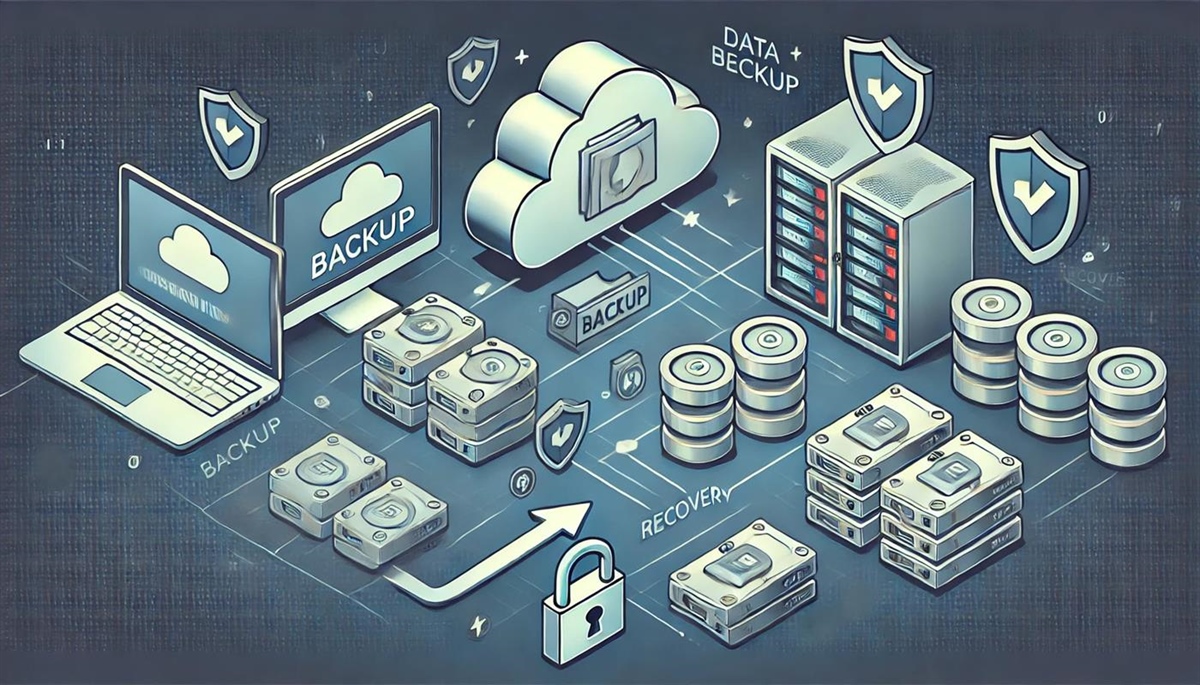In the intricate landscape of software development, understanding and implementing robust backup and recovery requirements is not merely a precautionary measure—it is an essential strategy for ensuring data integrity, maintaining business continuity, and complying with regulatory demands. This comprehensive guide delves deeply into the what, why, and how of backup and recovery requirements, providing a detailed framework for software project teams.
The Critical Role of Backup and Recovery Requirements
Backup and recovery plans are pivotal components of a robust IT strategy, ensuring that critical data can withstand various disaster scenarios, including system failures, cyberattacks, or physical disasters.
Risk Management: By implementing backup and recovery requirements, organizations protect themselves against potential data loss that can derail project timelines and incur significant recovery costs.
Business Continuity: These requirements ensure that essential business operations can resume quickly and efficiently after an interruption, minimizing downtime and its associated costs.
Regulatory Compliance: Many sectors, particularly those handling sensitive information like finance, healthcare, and government, are governed by strict data protection laws. Effective backup and recovery strategies help in meeting these compliance obligations.
Defining Backup and Recovery Requirements
Effective backup and recovery strategies start with a thorough definition of requirements, tailored to the organization's specific needs.
Data Assessment: Identifying which data is critical to business operations is the first step in defining backup requirements. This involves understanding the data's nature, its importance to business continuity, and its required protection level.
Backup Frequency and Types:
- Frequency: The frequency of backups should reflect the importance and volatility of the data. High-transaction environments might require hourly backups, while less dynamic data may be backed up daily or weekly.
- Types: Deciding on full, incremental, or differential backups depends on the balance between resource availability and recovery objectives.
Recovery Objectives:
- Recovery Time Objective (RTO): Defines the maximum time that a business process can be disrupted without causing significant harm to the business.
- Recovery Point Objective (RPO): Defines the maximum age of files in a backup storage that would be used to recover the systems without significant data loss.
Backup Solutions and Infrastructure
Choosing the right backup solutions and infrastructure is critical to fulfilling the defined backup requirements.
On-site vs. Off-site Backups: On-site backups offer quick access and control but are vulnerable to being affected by the same incident that impacts the primary site. Off-site backups provide additional security by distancing the backup from potential local disasters.
Cloud-based Backups: Cloud solutions provide scalability, reliability, and off-site security without the need for extensive physical infrastructure. They also offer as-a-service conveniences, which can include managed backups and disaster recovery as a service (DRaaS).
Implementing and Managing Backup and Recovery Requirements
Implementation Strategies:
- Automation: Automated backup processes reduce the risk of human error and ensure backups are performed consistently.
- Encryption and Security: Protecting backup data with encryption and rigorous access controls is essential to prevent unauthorized access and breaches.
Testing and Maintenance:
- Regular Testing: Frequent testing of backup systems is crucial to ensure that they function as expected when needed. This includes both simulated and actual recovery scenarios.
- Maintenance and Updates: Backup systems and protocols must be regularly reviewed and updated to adapt to new threats, technological advances, and changes in the business environment.
Challenges in Backup and Recovery
Cost Management: Balancing the costs of comprehensive backup solutions with their potential benefits is a constant challenge for businesses, particularly small to medium-sized enterprises.
Technological Complexity: As IT environments become more complex, so too does the task of managing and maintaining sophisticated backup and recovery systems.
Compliance and Legal Issues: Navigating the changing landscape of regulatory requirements can be difficult, particularly for organizations operating across multiple jurisdictions.
Conclusion
The strategic importance of backup and recovery requirements cannot be overstated. They are critical for protecting organizational data against loss or corruption, ensuring business operations can quickly resume after an incident, and maintaining compliance with regulatory standards. By understanding these requirements and implementing robust backup and recovery strategies, organizations can safeguard their data assets against unforeseen disasters, ensuring long-term resilience and stability.
This extensive discussion not only enhances understanding but also equips IT professionals with the knowledge to develop and implement effective backup and recovery protocols, integral to the success and security of software projects.
2024-07-08
 Requirements.com
All about Requirements
2024-07-08
Requirements.com Staff
What are Backup and Recovery Requirements?
Requirements.com
All about Requirements
2024-07-08
Requirements.com Staff
What are Backup and Recovery Requirements?
